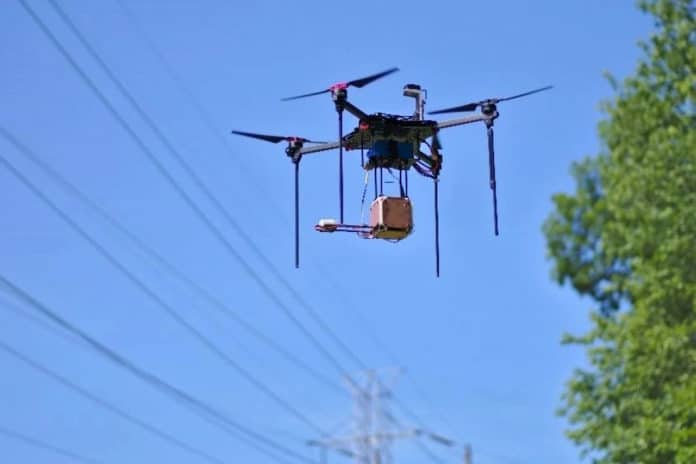Drones are increasingly used in situations where manned flight is considered too risky or difficult. Military personnel also uses it for spying during a close combat mission. But that growing popularity brings a multitude of benefits and challenges like navigating a field with electrical power lines.
Now, researchers at the US Army Research Laboratory have developed a novel sensor and software application for the small aerial drone to detect and avoid energized power lines. The new sensor is more accurate than commercial radar and camera-based detection systems, according to the US Army.
“Power lines are small and difficult to see with radar or optical sensors, but they generate large fields that can be easily detected with low-power, low-cost, passive electric- and magnetic-field sensors,” Army researcher David Hull said.
Using a unique configuration of field and 3D sensors, in conjunction with low-power processing methods, the system detects the exact location of power lines and informs the device’s autopilot to prevent collision with the wires. This allows the drone to either fly around the cables safely or, if necessary, fly along the power line without hitting it, with sufficiently high accuracy.
The new sensor with a detection algorithm developed at the lab will be much smaller, lighter, and cheaper than traditionally used sensors. The developers also claim that the resulting system has low power consumption, which is important when installing it on small drones. Other details about the sensor were not disclosed.
“This technology has significant dual-use potential and is expected to offer the military a better means for ground and air-based vehicles to avoid electric power lines when moving,” Hull said. “It is also useful for mapping out power grids or locating damaged wires, after a hurricane, or as part of a nation-building effort. The same technology is beneficial to power companies that require routine and emergency inspect of many miles of power lines to detect tree encroachment, excessive sag, and other issues.”
The lab recently announced a patent license agreement with Manifold Robotics, a startup company based in New York, who will produce the new technology for drone-based commercial applications.
